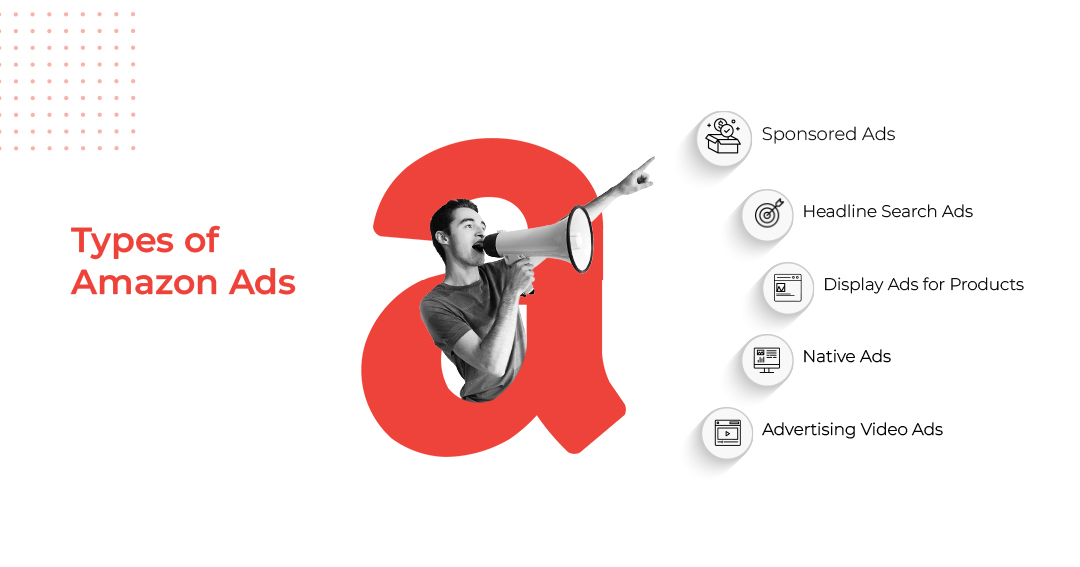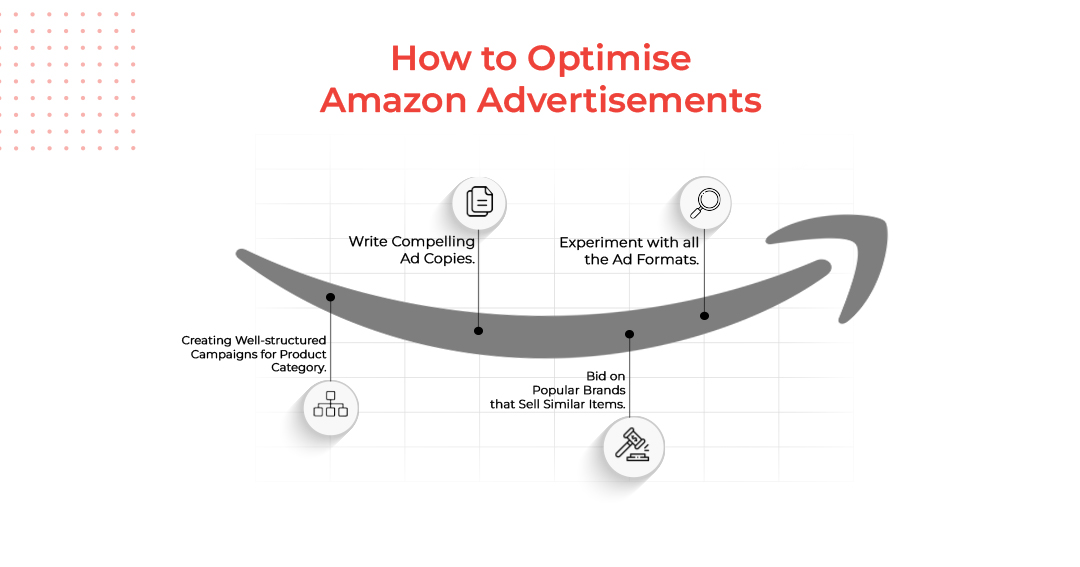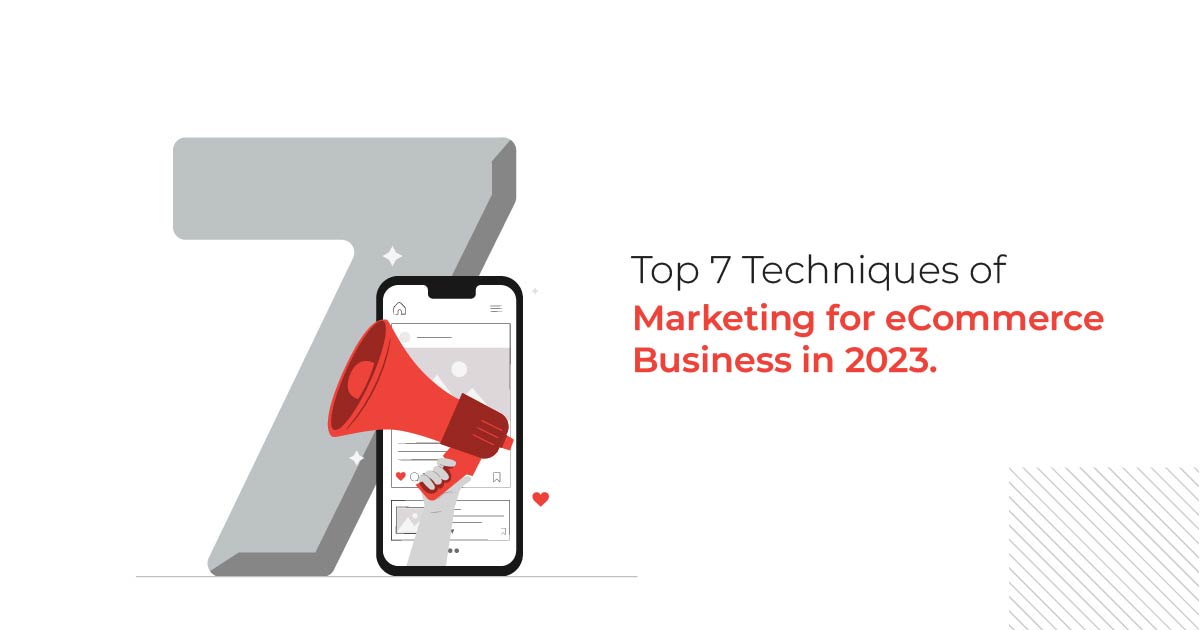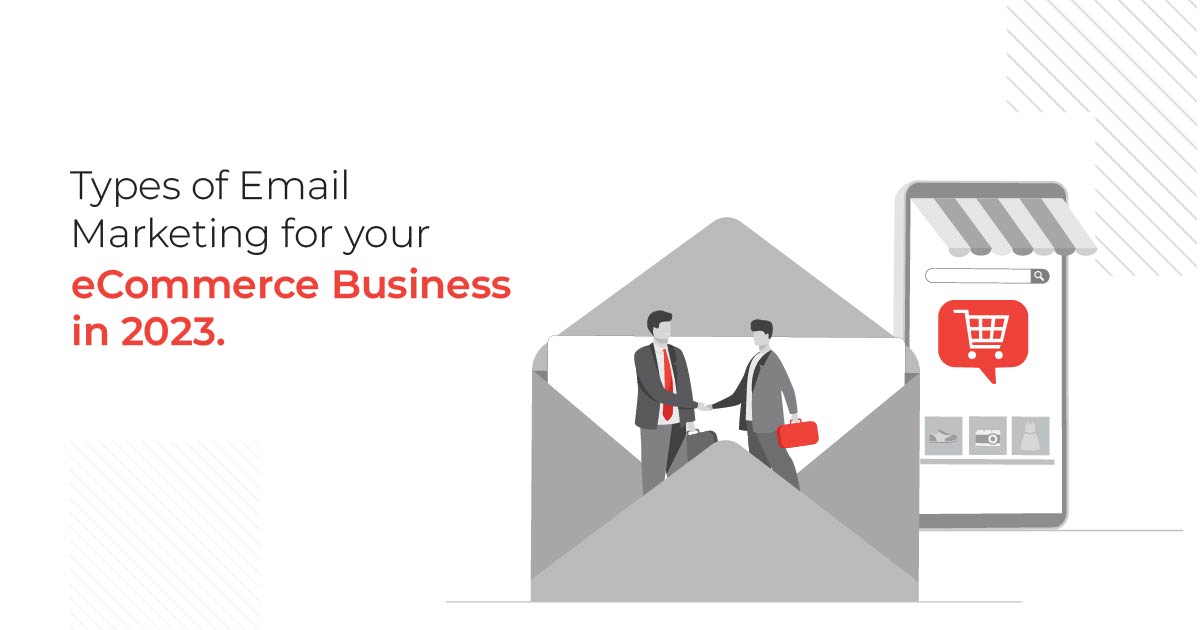
The Amazon marketplace is a highly popular destination for online shoppers, with many people preferring to purchase products from there over other websites, along with Amazon advertising benefits and enhanced Amazon marketing services. This popularity has led to fierce competition among sellers on the platform, making it essential for them to have a well-designed plan for advertising that will help them stand out and achieve a strong return on investment. To help you succeed on Amazon, we’ve compiled a guide covering everything you need to know about Amazon advertising, Amazon advertising cost, and ad-sponsored brands. Whether you’re just starting or looking to improve your existing strategy, this guide will provide you with the information and insights you need to succeed regarding Amazon PPC, display ads, banner ads, sponsored products, and business strategy Amazon marketplace.
What is Amazon Advertising?
Are you looking to get your products noticed on Amazon? Look no further than Amazon Advertising! This powerful service, Amazon Marketing Services, allows sellers to reach customers in various ways. It is a cost-effective way to drive sales as one has to pay only when customers click on your ads.
With Amazon’s advertising business expanding rapidly, it’s more important than ever to take advantage of all the tools available to sellers. Amazon DSP, also known as Amazon Demand Side Platform, is a revolutionary tool that enables you to purchase programmatic display and video advertisements and reach out to audiences across different channels, such as Amazon.com, IMDb.com, Fire TV Sticks, Kindles, Freedive, as well as third-party websites and apps. Take advantage of the opportunity to get your products in front of potential customers. Start marketing on Amazon today!
Benefits of Amazon Advertising
Amazon advertising has become essential for sellers to increase the visibility of their products. As competition on the platform continues to grow, Amazon’s advertising business has seen an increase in revenue, going from $21 billion to $31 billion in 2021, with a year-over-year increase of 32%.
Amazon PPC ads, also known as Amazon advertising, are widely used by both first-party vendors and third-party sellers, with 79% of first-party vendors and 71% of third-party sellers utilizing it.
A major benefit of Amazon advertising is its ability to kickstart a product’s journey to the front page of search results through a simple keyword or product-targeting campaign.
Additionally, Amazon provides a safe and high-quality environment for businesses, shortens the cycle of sales, improves product visibility and sales history, increases brand recognition, and offers a wealth of customer behaviour and habits data. This data can be used to optimise campaigns and also it helps facilitate extending to a targeted market.
Amazon Advertising Strategy
Amazon Advertising strategy operates on a pay-per-click structure, unlike other marketplaces, such as eBay’s Promoted Listings, which uses a pay-per-sale funding structure. By showcasing best-selling, high-converting, and relevant products based on user queries, this advertising platform aims to generate revenue.
To achieve this, Amazon prioritises products with a history of positive customer feedback and a good trackrecord of sales. As a result, products with higher sales and feedback will also increase organic search rankings on the platform.
Types of Amazon

Different types of Amazon ads will help you ace your Amazon marketing game. To choose the type of Amazon ad that shoe-fits your needs, it is necessary to know the purpose of each and how effective they are. This section explains the different types of ad formats for advertising on Amazon.
1. Amazon Sponsored Ads
Amazon Sponsored Ads/ Amazon Sponsored products are pay-per-click ads that display individual products. They can be seen in the product detail pages and also search results. and appear in search results and product detail pages. These ads are targeted using keywords, a popular advertising format sellers use. Amazon’s business strategy can be enhanced through manual targeting, where sellers have the ability to bid on three types of keywords: exact, broad, and phrase, and sponsored brands.
- Broad keywords are general terms that describe a wide range of related topics or concepts. Search engines often use them to help users find relevant information or content on a specific subject. An example of a broad keyword might be “shoes”, which could include information on athletic shoes, dress shoes, boots, sandals, sneakers and many other related topics.
- Phrases and exact keywords are essential for understanding how the order of words in a query can change the context of a search. For example, a “lounge pants with pockets for women” suggests that this product is a lounge pant that has pockets on them, whereas a “lounge pants for women with pockets” implies that the product is lounge pants but may or may not have pockets in them because of incorrect phrasing.
- Exact keywords represent the most precise form of targeted keyword, requiring the search query to exactly match the keyword for an ad to be displayed. For instance, if you want your ad to target “leather wallet” on Amazon, the ad will only appear for the search query “leather wallet” and not for “men’s leather wallet” or “brown leather wallet”.
You can leverage automatic targeting with Sponsored Product Ads. The algorithm is designed to identify and focus on the most pertinent keywords for your product advertisements.
2. Amazon Headline Search Ads
Sponsored Brand Campaigns, also known as Amazon Sponsored Brands, is an advertising strategy that Enables you to advertise ads that are specifically targeted to certain keywords. below, alongside, and above, search results.
These campaigns can target three different kinds of keywords: Brand-specific keywords for products, complementary keywords, and automatic targeting for sponsored products.
- Branded-specific keywords or brand product keywords combine the name of your company and the name of a product you sell.
- Individual products that have the ability to impact one another’s demand and also can be sold together are known as complementary product keywords.
- Sponsored items’ automatic targeting keywords are search queries that have previously yielded positive results when running automatically targeted sponsored product campaigns.
The pricing model for these campaigns is pay-per-click and is based on an auction system, so you only pay what you bid per click. You can also choose automated bidding to optimize conversion rates.
3. Amazon Display Ads for Products
Amazon display ads, also known as pay-per-click advertisements, are a great way to promote your products on the platform. These ads appear on various pages such as product detail pages, customer review pages, and search results.
There are two types of campaign targeting available: product targeting, which targets specific products and categories, and interest targeting, which targets shopper interests to reach a larger audience. These ads also allow you to select the pages you want to advertise on, customize your ad creative and have access to a reporting tool that provides valuable insights such as clicks, spending, sales, and more.
4. Amazon Native Ads
Amazon Native Ads are a popular advertising strategy that allows brands to place advertisements on their website. These ads come in three different forms: recommendation ads, search ads, and custom ads.
- Recommendation ads are dynamic and display the most relevant product recommendations based on the content and visitors to your website.
- Search ads appear on your website based on keywords that your customers enter on Amazon or your website.
- Custom ads allow you to select your products to advertise and display them on product article pages.
To maximize the effectiveness of these native shopping ads, it is important to ensure that they are highly relevant to the webpage they are displayed on. This will increase the likelihood that website visitors will click on the ad after reading the article, potentially leading to more conversions.
5. Amazon Advertising Video Ads
Amazon Advertising Video Ads are a form of advertising that can be displayed on various Amazon-owned platforms, such as Amazon.com, IMDb, and Fire TV. These ads can be purchased by both Amazon sellers and non-sellers and can lead to a variety of destinations, including Amazon product pages, external websites, or any other URL.
Amazon Stores
Creating an Amazon Store allows brands to showcase their products and promote their brand through a personalized URL and access to traffic analytics. To create an effective store, it is important to use clear and professional photos, easy-to-read captions, and clear pricing. Additionally, highlighting best-performing products and updating the store with new products can also help attract customers.
Amazon Advertising Qualification
Currently, all users with a Seller Central Account can access Amazon Advertising. However, to fully utilize its features and achieve optimal results, a Vendor Central account is required. This allows for both selling products on Amazon and creating various types of advertisements. The main difference between a Vendor Central account and a Seller Central account is the ability to fully leverage the potential of Amazon Advertising.
Differences between Seller and Vendor Account
A Seller account and a Vendor account differ in the way they sell products on Amazon. Amazon lists and sells the products of Vendor accounts whereas Seller account users directly list, market, and price their products. Additionally, products sold by Vendors will be labelled as “Sold by Amazon” on the particular product page which can increase customer trust and result in higher sales.
How to Optimise Amazon Advertisements

Considering all of the items available on Amazon, you may be sceptical as to whether the platform can bring your company a profit. Fortunately, there are a few things you can do to differentiate yourself from the massive competition on Amazon.
1. Creating Well-structured Campaigns for Product Category
One way to effectively organize your Amazon ad campaigns is to mimic the structure you may have already established in AdWords. Start by creating separate campaigns for different product categories.
For another example, if you sell men’s clothing, you could have a campaign for casual wear, one for formal wear, and one for outerwear. Within the casual wear campaign, you could have ad groups for t-shirts, jeans, and shorts. Within the formal wear campaign, you could have ad groups for suits, dress shirts, and dress shoes. Within the outerwear campaign, you could have ad groups for jackets, coats, and sweaters. This way you can create targeted ads for specific product categories, and also find out which products are performing well and which are not.
2. Write Compelling Ad Copies
To ensure your ad stands out on Amazon, make sure it is both accurate and compelling. Use creative and humorous language to make it eye-catching, and consider adding a sense of urgency to encourage customers to make a purchase. With so many options available in search results, it’s crucial to make your ad stand out.
3. Bid on Popular Brands that Sell Similar Items
When creating a list of keywords to bid on for your business, it’s important not to overlook your competitors. For example, if you sell hiking boots, you should include keywords such as “Merrell hiking boots” and “Columbia hiking boots” as these are popular and well-known brands that people frequently search for and purchase. This can help increase your visibility and allow you to market your own unique and lesser-known brand of hiking boots.
4. Experiment with all the Ad Formats
It may be beneficial to try different types of ads, such as sponsored product ads, headline search ads, and others, to determine which yields the best returns. By analyzing the results of your campaign, you can then adjust your budget accordingly and focus on the ad types that have proven to be most effective in terms of ROI and customer loyalty.
Wrapping up
In conclusion, Amazon advertising can be a highly effective way for businesses to reach their target audience and drive sales through Amazon banner ads, and sponsored products. By carefully selecting keywords and targeting the right audience, businesses can ensure that their Amazon advertising cost is being used effectively and driving the desired results from Amazon business strategy








